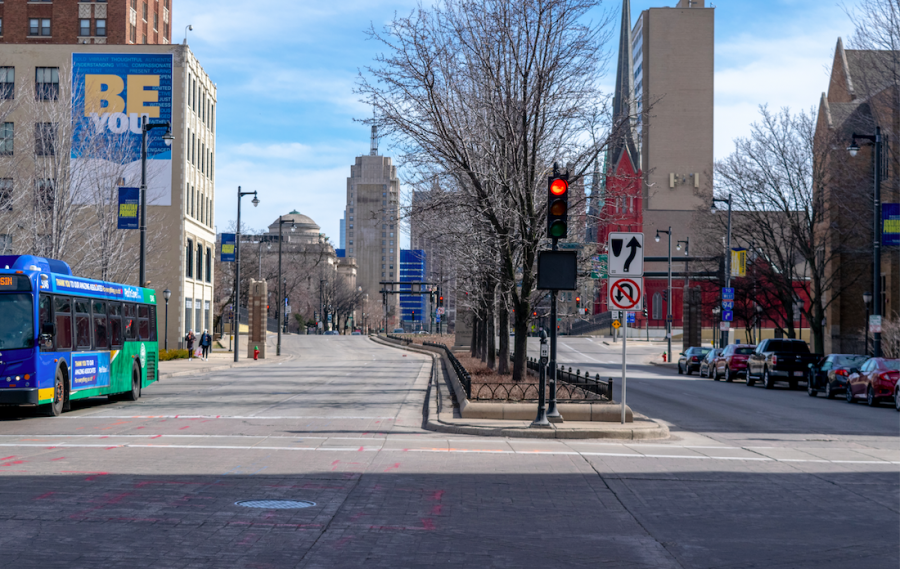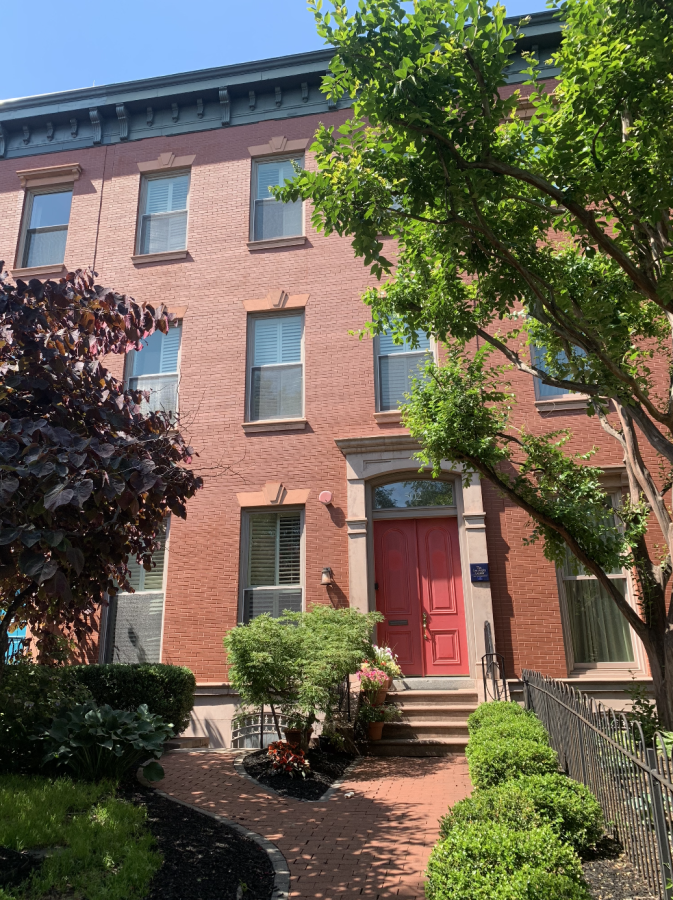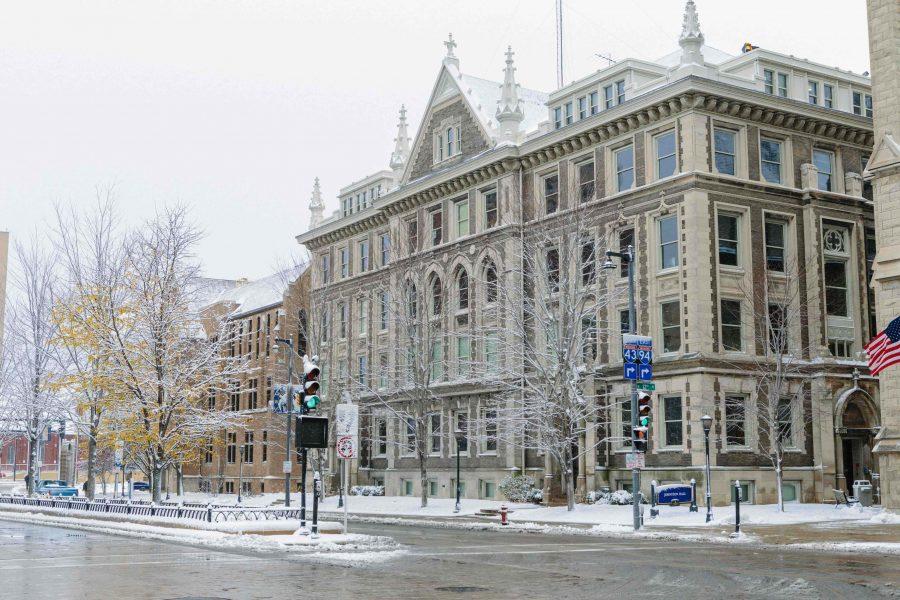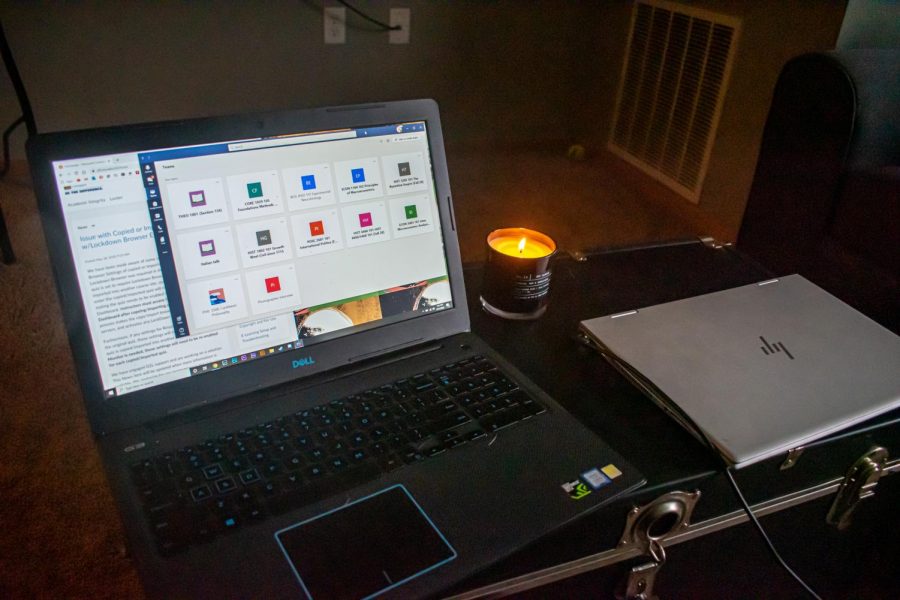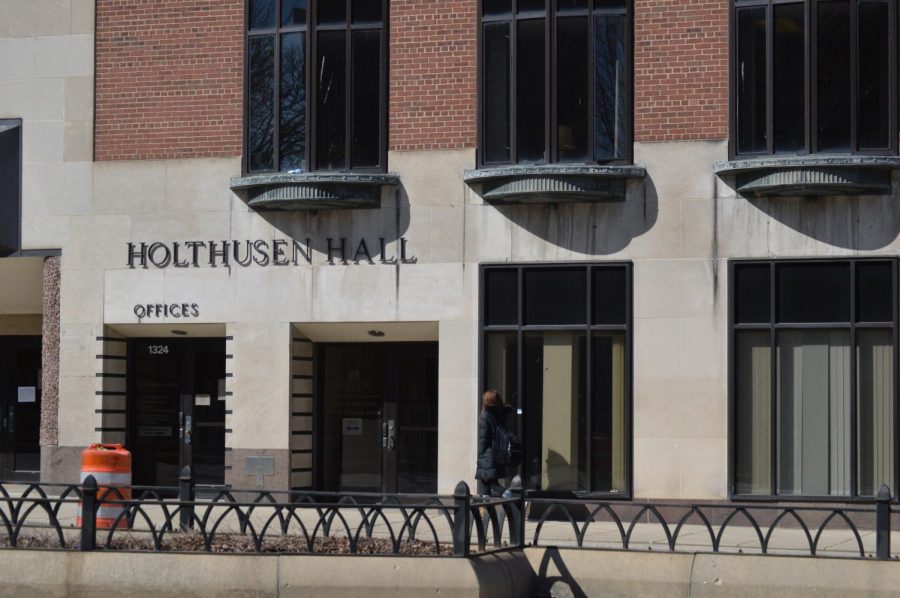As students return to their residence halls and apartments, the first semester may feel like a distant memory. The extra hours spent in the library cranking out endless essays and cramming for exams seem long-forgotten.
This distant feeling may be a reason for year-round school to replace the outdated system of a 10-month schedule and extended summer and winter breaks. To find a balance between the two systems, Marquette should shorten the length of longer breaks and redistribute days off.
Proponents for the idea of year-round school argue students tend to forget a lot of information during summer break, according to the National Education Association. Vacant buildings during summer are also an ineffective use of space.
In the U.S., many states have already adopted these year-round school programs. In fact, according to the National Association for Year-Round Education, Arizona, Arkansas, California and Wisconsin are a few of the states that have adopted this model in some K-12 schools. According to the State Journal, two new public charter schools in Madison are trying out year-round schools.
There are flaws and shortcomings when it comes to year-round schools and their unrelenting schoolwork. However, if breaks in winter and summer were shorter, it would be easier for students to remember information they learned in the classroom.
The traditional schooling schedule’s long breaks also allow students to get full-time summer jobs, so they can make money to pay for tuition, books and other needs throughout the school year. For younger children, it can be a beneficial time to attend summer camps and foster relationships with others, as well as do academic enrichment work outside of a typical school session.
Teachers and students can also suffer from burnout due to the lack of extended breaks in year-round schools. The breaks at 10-month schools can also be used as planning periods for the next school year, as well as time to buy supplies necessary for the classroom. While few universities or colleges have adopted the idea of year-round school, Carrington College, a prominent network of private schools, offers this model. While Carrington offers associate and certificate degrees, which differ from the classes and degrees Marquette offers, it runs year-round at its 19 locations.
Carrington College has special systems in place to deal with student burnout, as students may be dealing with other stressors such as jobs and family life while attending school. A service called ASPIRE works to help students with financial, legal and child care help. In this way, Carrington College uses ASPIRE to help students year-round.
ASPIRE is a confidential service open 24/7. Students who call this service will be put through to a qualified counselor or mental health professional who can help students with their concerns.
Schools like Marquette do not have these resources because they are not year-round schools. During the summer, it is up to students to acquire housing and feed themselves. While stressful, this can often be a vital time to make money and unwind from the full course load of the prior school year. In college, it can also be a beneficial time for students to take on an internship they may have been too busy for during the school year. These internships often offer hands-on experience important to grow in the career someone hopes to pursue.
Instead of year-round schooling, Marquette could implement a shorter Christmas break. Some students may find it stressful to be away from school for so long, and it may be difficult to get back into the groove of things when the long four-week break ends. By cutting winter break or summer break by even a week or so, other days off throughout the school year could be implemented. These few days could offer a relaxing break to the seemingly constant schedule of the semester. By choosing this in-between option, schools can offer the relaxation time needed, while also setting aside longer breaks for internship and job opportunities.




